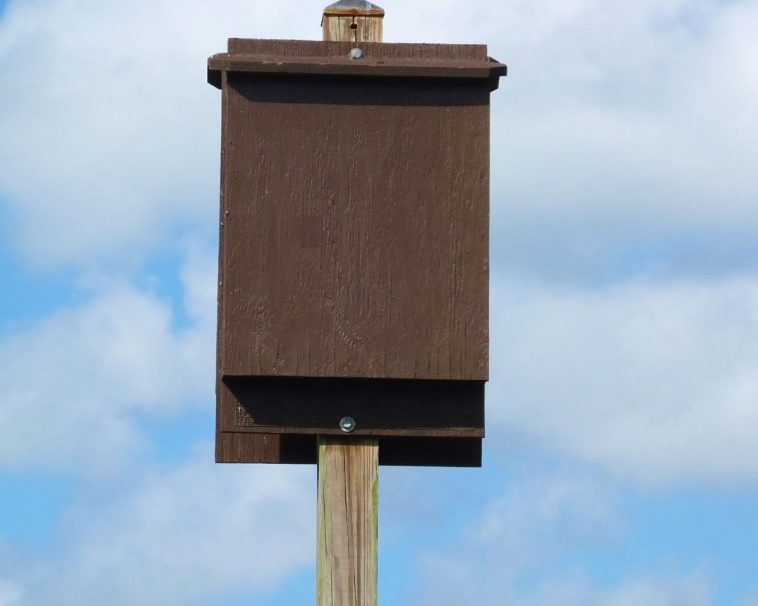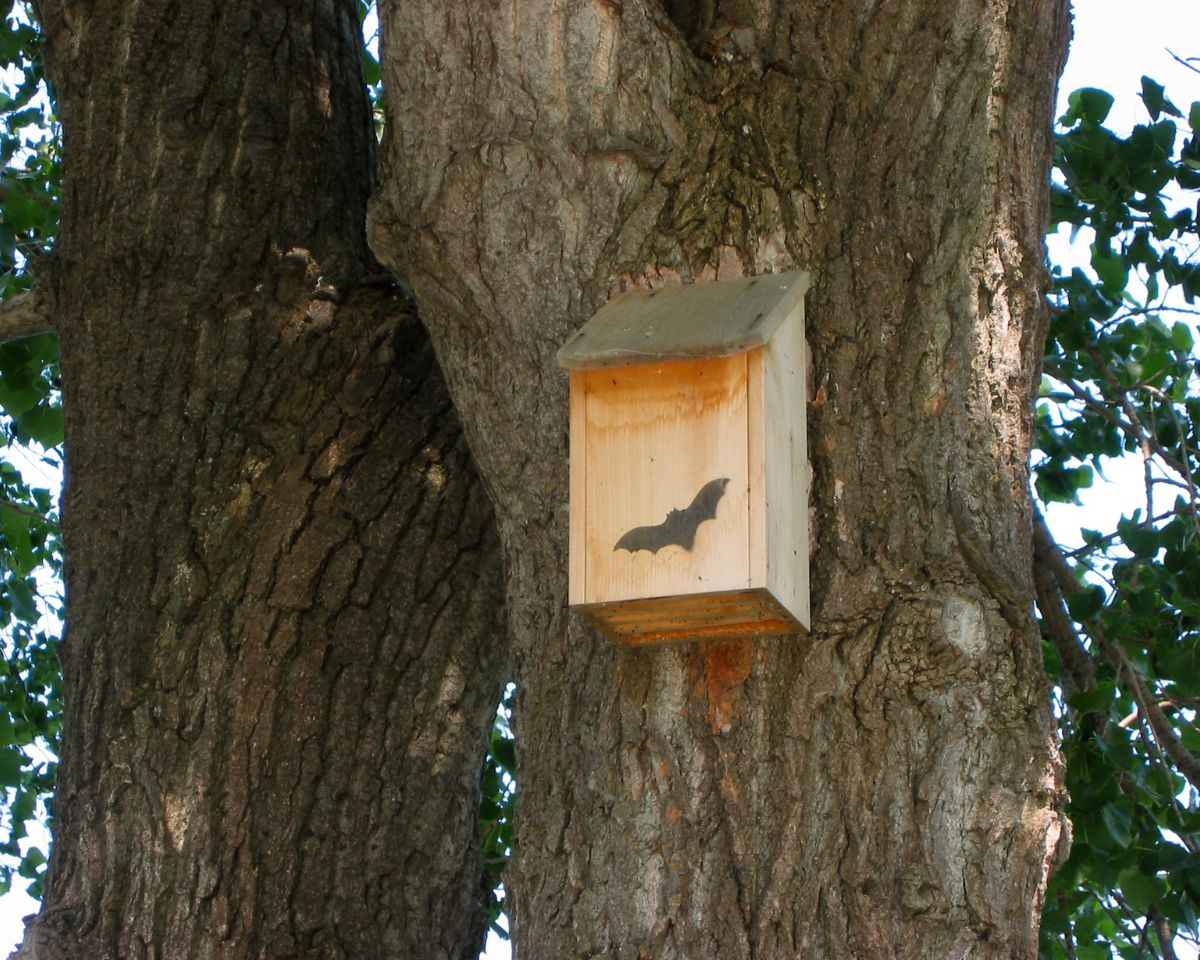Bat Houses

Bat houses are structures designed to provide shelter for bats, typically made of wood and featuring narrow openings that allow bats to enter and exit. These houses are often placed in areas where bats are known to roost, such as near bodies of water or in wooded areas, and can help to promote bat conservation by providing a safe and secure habitat for these important creatures.
Building a bat house is a fun project for everyone, whether you’re a beginner or an experienced DIY enthusiast. All you need is some wood, screws, and patience. First, gather your materials and cut the wood to your desired size.
Bat houses help bats thrive and improve your outdoor space. By providing a safe haven for various bat species, bat houses can help control insect populations in your area. Bats are natural insect eaters and can consume large amounts of pests like mosquitoes and beetles.
Building different types of bat houses can provide shelter for various species of bats. A simple single-chamber bat house can attract common species such as the little brown bat, while a multi-chamber bat house can accommodate larger species like the big brown bat.
To attract bats, position the bat house towards the south or southeast to catch at least six hours of direct sunlight, and place it near water or insect-rich areas like gardens or meadows.
Untreated, rough-cut lumber is the most common choice due to its secure and grip-friendly surface for roosting. Cedar or pine are highly recommended for their durability and resistance to weather.
Building a Bat House
Constructing a bat house presents an enjoyable activity that’s perfectly suited to both novices and seasoned DIY enthusiasts alike.
All you require are a few planks of wood, some screws, and a dose of patience. Begin by assembling your supplies and sizing the wooden pieces to your preferred bat house dimensions. Following this, secure the pieces together using the screws, and introduce ventilation holes to ensure a cool and dry interior.
Lastly, adorn your bat house with paint or stain to match your home’s exterior, and mount it in a location that basks in ample sunlight, and is safely distanced from predators. With just a modicum of effort, you can craft a stylish and purposeful bat house, offering these remarkable creatures a sanctuary for many years to come.
Benefits of Bat Houses

Bat houses benefit by providing a sanctuary for various bat species, while simultaneously enriching your garden or backyard environment.
One of the principal advantages of bat houses lies in their ability to moderate insect populations in your vicinity. Bats are renowned insectivores, consuming vast quantities of pests such as mosquitoes, moths, and beetles, thus serving as an effective natural method of pest control.
Beyond their pest management capabilities, bat houses offer a secure and sheltered dwelling for a diversity of bat species. With the ongoing urban expansion and habitat destruction posing threats to bat populations, bat houses become a valuable tool for preserving and enhancing their survival.
Erecting a bat house not only provides these winged mammals with a home but also plays a pivotal role in maintaining the equilibrium of your local ecosystem.
Therefore, if you’re eager to support your local wildlife and capitalize on their pest control prowess, consider establishing a bat house in your backyard.
Types of Bat Houses
Bat houses exhibit a range of sizes and designs, with the primary distinction being the number of chambers they include. Single-chambered bat houses cater ideally to smaller species such as the little brown bat, whereas larger varieties like the big brown bat and the Mexican free-tailed bat necessitate multi-chambered abodes.
As you select a bat house, it’s imperative to factor in the location and habitat of the species you aim to attract.
For example, if your residence is in a warm, arid region, a cedar-constructed bat house equipped with a ventilation system would be optimal. This setup offers a cooler and more hospitable environment for bats.
Conversely, if you reside in a damp region, a pine or plywood bat house, fitted with a rain guard, would offer better protection for bats against weather elements.
By considering the specific species and their respective habitats, you can ensure the provision of an ideal home for these beneficial creatures.
Placement of Bat Houses
Bats are partial to warm, sun-drenched spots, so ensure your bat house is oriented towards the south or southeast and basks in a minimum of six hours of direct sunlight.
Furthermore, bats need effortless access to their food sources. Hence, contemplate situating the bat house near water bodies or insect-abundant areas like gardens or meadows. The surrounding arboreal environment is another critical factor when choosing a bat house location.
Bats require an unobstructed flight path to their roost, so guarantee there’s no hindrance within a 20-30 feet radius around the bat house. Concurrently, trees can offer essential cover and additional roosting spots for bats, so ponder placing the bat house in the vicinity of, or attached to a tree.
By crafting suitable habitats for bats, you contribute to counteracting the effects of habitat loss triggered by human development, thereby safeguarding these crucial pollinators.









